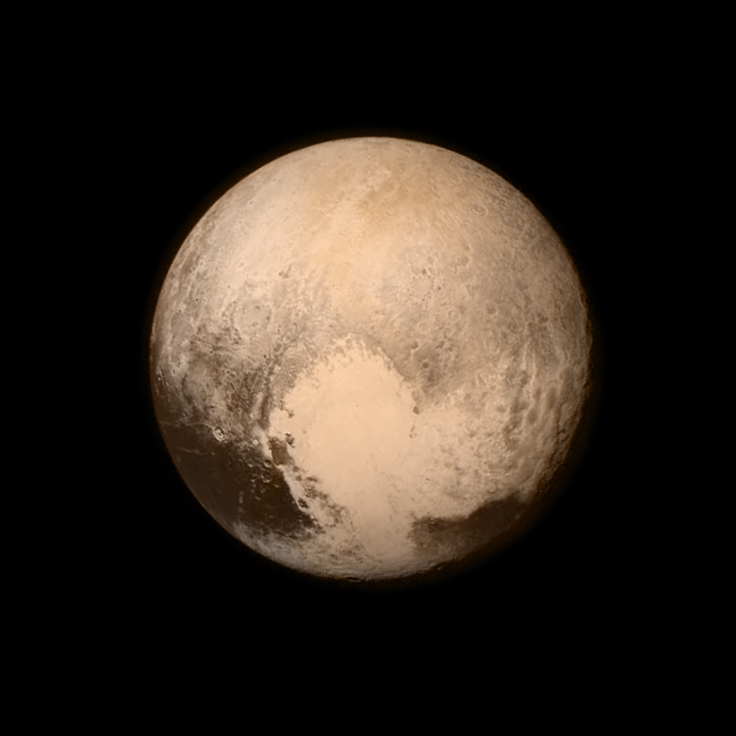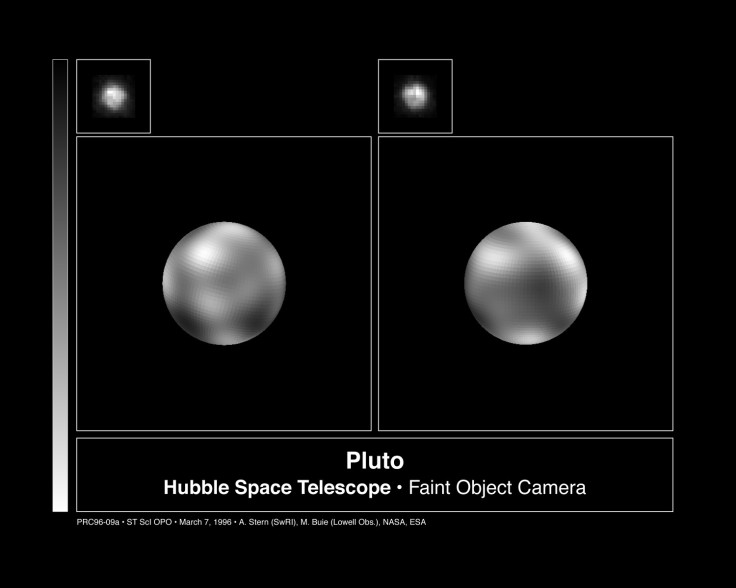Pluto was once a heavenly body shrouded in mystery. Since its discovery in 1930, astronomers have studied the dwarf planet from its moons to its frozen nitrogen gas plains.
Despite these advancements in the study of Pluto, we only had a few blurry photographs of the dwarf planet as its visual basis. It was when 2015 came around that we were able to see Pluto as the dwarf planet it is.
Why did it take us 12 years to get a proper picture of the first dwarf planet in our solar system?
A Brief Background of Pluto

According to information collected from NASA, Pluto is a dwarf planet in our solar system's Kuiper Belt, a donut-shaped region of icy bodies beyond Neptune's orbit. This region is where the comets we see passing by Earth (and sometimes hitting it back in prehistoric times) come from. It was named after the Roman god of the underworld in 1930 by Englishwoman Venetia Burney, who was an 11-year-old girl at the time.
Pluto is 3.6 billion miles away from the sun and is 4.67 billion miles from Earth at its farthest, per Space.com. It is 1,400 miles wide - half the width of the entire United States. It has a thin atmosphere composed mostly of nitrogen, methane, and carbon monoxide, which expands when it nears the Sun, and collapses as it moves farther away and closer into the Kuiper Belt, just like a comet.
Read More : Elon Musk Puts Twitter's $44 Billion Deal 'On Hold' Following Pending Details on Fake Accounts
The dwarf planet has five known moons: Charon, its largest, Nix, Hydra, Kerberos, and Styx. These moons may have been formed when Pluto collided with a similarly sized celestial body during the early days of the solar system.
Charon's size is similar to that of Pluto, causing the two celestial bodies to be referred to as a "double planet."
Pluto was once the ninth planet of our solar system until astronomers discovered similar celestial bodies in the Kuiper Belt. It was shortly reclassified as a dwarf planet, sparking outrage (and a lot of memes) the world over.
How Did We Get Pluto's Picture?
As previously mentioned, Pluto is 4.67 billion miles from Earth at its farthest, which makes taking pictures of it challenging to say the least, even for the best space telescope we have at the time, the Hubble Space Telescope.

In fact, the first picture we have of pluto taken from Hubble can only be described as a circular black-and-white blur at best to the untrained eye. Despite this, astronomers were able to discover a "ragged" northern polar cap, a bright spot, and a cluster of dark spots from the first picture of what was considered the ninth planet then.
Subsequent attempts in taking Pluto's picture resulted in a black-and-white blur. However, thanks to NASA's New Horizons spacecraft, we were able to capture the first HD photo of the planet in 2015, nine years after the probe was launched.

NASA specifically sent the New Horizons spacecraft on a mission to study Pluto, its moons, and other objects in the Kuiper Belt, according to NASA's page on the spacecraft. As such, it was the first spacecraft to encounter Pluto, which it did on July 14, 2015.
The spacecraft was able to send back colored photos of the dwarf planet, giving astronomers a deeper insight as to what Pluto really looks like and its geological and compositional features. The most popular photo of the dwarf planet was the one that distinctly featured its heart-shaped nitrogen glacier on its surface, which was later named Sputnik Planitia, after Earth's first artificial satellite.









